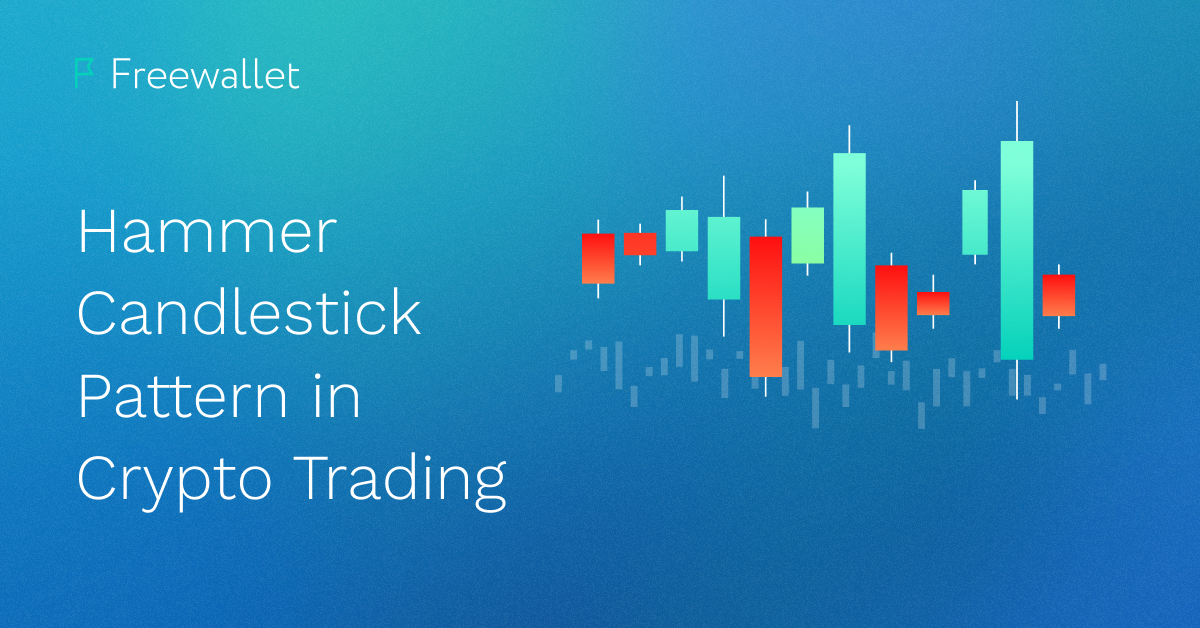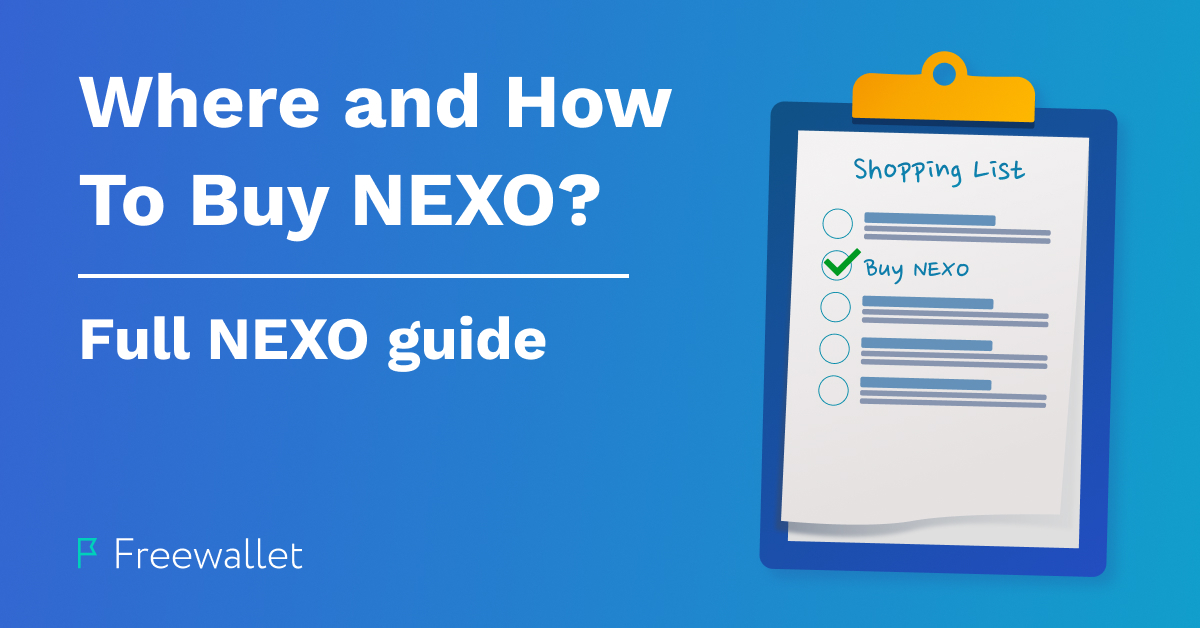Ethereum is one of the most popular coins to mine among the community, because it is still minable with video cards. The difficulty doesn’t let users compete with mining farms and mine solo. The solution here is to join a mining pool which supports Ether and enjoy. Freewallet has reviewed the biggest and popular Ethereum pools which are relevant for today’s miners.
How to mine ETH with a pool
What do I need to start mining Ethereum? Here’s the list for you of the essentials:
Set up mining equipment – to start mining you need a mining rig consisting of graphic cards or an ASIC specially designed for Ethereum. Don’t forget to get a decent Power Supply Unit and cooling system to ensure stable power connection and avoid overheating.
Set up your Ethereum wallet – before mining take care of the wallet where you will deposit all your mined coins. Try our Ethereum wallet where you can store and manage your coins on any convenient platform for you – iOS, Android or Desktop.
Set up special software – here you have two options – use a dedicated command miner or the GUI miner. The first ones are more complicated but flexible and customizable while the second is perfect for newbies. Here three major command miners and one GUI miner:
How to choose a pool
- Mining pool location – choose a pool that has a server near you. If you are living in the USA and try to mine on servers located in China you won’t get the best results. Check whether a pool has servers in the same country or continent as you are. It will help you to mine more efficiently.
- Harshrate and number of miners – of course the higher the hashrate of the pool the more crypto it earns. However, don’t forget about the number of miners working there. If 100000 guys are using a pool with high power, you will get a penny. Find a happy medium to generate income.
- Mining fees and payout threshold – each pool has fees and minimal sum you can withdraw to your cryptocurrency wallet. The fees are usually almost the same and range from 1% to 3%.
- Payment system – today services use mostly 4 types of reward distribution PPS, PPS+, PPLNS and FPPS which we discussed in our previous article.
- Depending on the payout system, you will get rewarded constantly or not. PPLNS will bring you crypto only if the pool manages to mine a block. Others will reward you anyway, but such services have higher commissions to mitigate risks and expenditures.
- Convenient statistics – Each pool offers important information regarding payout methods, fees, reward amount, limits, withdrawn funds and other parameters. Remember, the broader the statistics – the better. If the statistics are short, and simply do not display many indicators, it is a red flag of dishonest service.
Some users test mining pools connecting their mining rigs to each pool one-by-one for one or two days. They measure the profitability and choose the most favourable one.
Which ETH mining card to choose?
Ethereum miners prefer to mine the coin on GPU mining rigs and use AMD and Nvidia cards. AMD solutions are cheap and have more potential for modification, while Nvidia provides better overclocking features.
The experts recommend taking a look at Radeon R9 295X2, Radeon R9 HD 7990, Radeon RX 480 and 470. As for Nvidia, Geforce GTX 1070, Geforce GTX 1080 Ti and Titan V.
The best Ethereum mining pools
SparkPool
Hashrate: 54.91 TH/s
Pool share: 33.6%
Reward payout method: PPS+
Fees: 1%
The biggest Ethereum mining pool founded in China in 2018. There are 5 servers for Ethereum mining: in China, Southeast Asia, Taiwan, Korea and Japan. Mining occurs on the Ethash algorithm, the payment of rewards is carried out according to the PPS + system, combining the advantages of PPS and PPLNS: you get coins for adding a block and for each share individually. They pay daily at 15:30 UTC/GMT +8 (Singapore timezone). The minimum payout amount is 0.1 ETH, the commission is 1%.
Ethermine
Hashrate: 39 TH/s
Pool share: 23.6%
Reward payout method: PPLNS
Fees: 1%
One of the most popular and favourite pools among ETH miners. The pool is anonymous and doesn’t require any registration. Unlike SparkPool, it has mining servers in the USA, Europe and Asia. The threshold is adjustable – you can set it to maximum 10 ETH and minimum 0.05 ETH to receive payments more often.
F2Pool
Hashrate: 16.9 TH/s
Pool share: 10.4%
Reward payout method: PPS+
Fees: 2.5%
A big multi currency pool among dozens of cryptocurrencies offers Ethereum mining too. The pool has been operating for almost 7 years and attracts more users thanks to its accessibility and nice interface. The servers for Ether are located only in Europe and China. The minimal payout is 0.1 ETH and fees are 2.5% for Pay Per Share Plus method.
Nanopool
Hashrate: 14.3 TH/s
Pool share: 8.8%
Reward payout method: PPLNS
Fees: 1%
The pool for collective cryptocurrency mining, which has been operating since 2015 and one of the leaders of the Ethereum mining sector. Among the main features we can point out: absence of registration, relatively low mining commission and dual mining – ability to mine both coins at the same time. The payout threshold ranges from 0.05 ETH to 20 ETH.
MiningPoolHub
Hashrate: 4.6 TH/s
Pool share: 2.9%
Reward payout method: PPLNS
Fees: 0.9%
It is a mining multi-pool where you can mine 30 cryptocurrencies including Ethereum. The pool has been working since 2014 and managed to survive a bear market of 2018-2019. The killing feature of this pool is that it has the lowest fee on the market. Another great feature is the Auto Switching Algorithm, which enables users to mine multiple tokens of the same algorithm at once for maximum profits. The servers are located in Asia, North America, and Europe.
Poolin
Hashrate: 4.13 TH/s
Pool share: 2.5%
Reward payout method: PPS
Fees: 3%
Popular multi-currency mining pool which also includes Ethereum. Mining profitability calculator is working on the website. Using this tool, you can determine the size of the potential profit from the extraction of digital assets on various equipment. The fee is relatively high compared to other ETH pools and the minimum payout is 0.1 ETH.
Frequently Asked Questions (FAQ)
How long does it take to mine 1 ETH?
One Ethereum block is validated and mined for about 15 seconds. But it doesn’t mean that you’ll manage to mine Ether within a few seconds. Currently, it can take more than 30 days.
Is Ethereum mining still profitable today?
It mostly depends on your expenditures, electricity costs and mining gear you have. Try mining profitability calculators to check the profitability of ETH mining with your hardware and fees.
What algorithm does Ether use?
Currently Ethereum runs on PoW using the Ethash algorithm, but in the near future the team plans to launch Ethereum 2.0 on PoS algorithm.
What is ETH mining reward today?
The reward for mining can be divided into three parts:
- A reward for mined block consisting of 2 Ethereum
- All the gas that was used during the transactions included in the mined block will be compensated. The gas cost incurred is transferred to the miner’s account.
- So called Uncles are stale blocks which are not included in the main blockchain, because another miner had published the block before the first miner did it. The miners get rewards for Uncles too, however at a lower rate.
How much Ethereum can be mined?
Unlike the digital gold, Etherum has unlimited supply and new coins are issued. The only limit is the annual coin generation of 18 millions.
Related
Stay tuned
Subscribe for weekly updates from our blog. Promise you will not get emails any more often.
Most Popular
New Posts
Stay tuned
Subscribe for weekly updates from our blog. Promise you will not get emails any more often.







